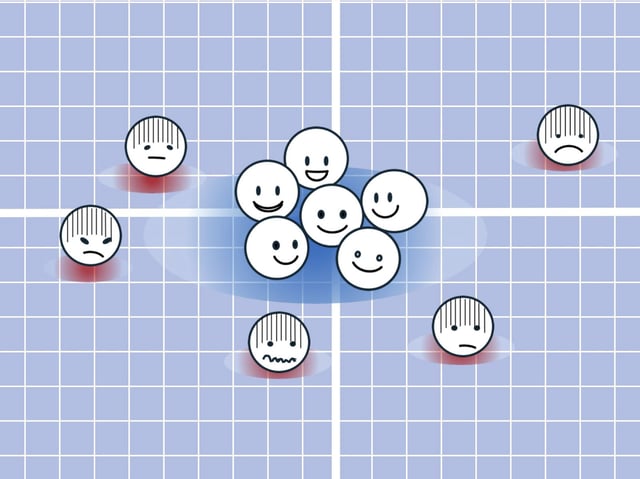Overview
- A PNAS study of 87 participants using fMRI found that optimists exhibit convergent activation patterns in the medial prefrontal cortex when imagining future events.
- Optimists demonstrate greater neural differentiation between positive and negative scenarios compared with pessimists, whose brain activity remains highly individualized.
- Investigators frame findings with the Anna Karenina principle, proposing that optimistic individuals share common neural representations while pessimists each follow distinct patterns.
- Follow-up research is underway to determine whether shared MPFC activation in optimists arises from innate biology or social learning.
- Experts say understanding these neural signatures could inform new approaches to mental health, given the link between low optimism and depression.


